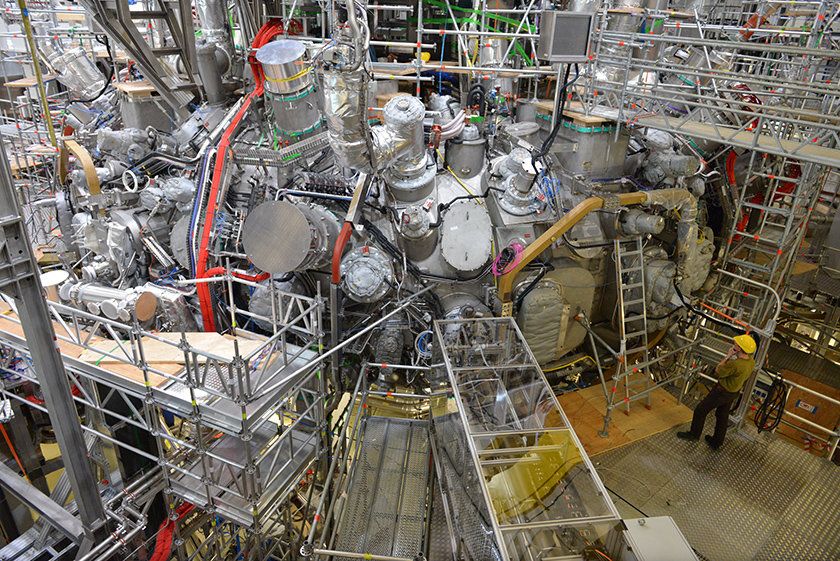The finding could help answer a longstanding question of how massive stone blocks were hauled into place.
- By Owen Jarus, LiveScience on November 5, 2018

The finding could help answer a longstanding question of how massive stone blocks were hauled into place.



Your perceptions of your parents directly affects your physical health and wellness, according to new research. And regardless if they are true, you might be stuck with them for life.
“There are things that happen to us in life that can alter our perceptions of the past, but it’s not always the objective—or what actually happened—that really affects us,” says lead author William Chopik, psychology professor at Michigan State University.
“What really impacts adults is how we psychologically interpret things and create memories. In short: our memories of our childhood predicted health and depression even though they may not even be based in reality,” Chopik says.


Imagine building a machine so advanced and precise you need a supercomputer to help design it. That’s exactly what scientists and engineers in Germany did when building the Wendelstein 7-X experiment. The device, funded by the German federal and state governments and the European Union, is a type of fusion device called a stellarator. The new experiment’s goal is to contain a super-heated gas, called plasma, in a donut-shaped vessel using magnets that twist their way around the donut.
Expert Panel Host: Dr Brian Clement
Conference Held at Adelphi University 2013.
(A podcast version of this video is available on iTunes.)
• Brian Clement — Learn how to transform your lifestyle from toxic and self-destructive to healthful and self-affirming, and experience renewed energy and vitality that will last a lifetime.
• Hippocrates Institute director, Brian Clement shows how the Hippocrates LifeForce program implements the use of raw living foods to help people maintain a healthful weight and stimulate natural immune defenses for other chronic illnesses.
• Discover how to develop the positive frame of mind that supports good health, learn how to make the transition to eating raw living foods at home, while dining out, and when traveling.
• Learn how you can make informed decisions about the products you buy, and to disentangle yourself from unhealthy products.
• Our bodies: High levels of hormone-disrupting chemicals from cosmetics, flame-retardants from clothing and furniture, even long-banned substances like DDT and lead, are consistently showing up in human blood samples.

